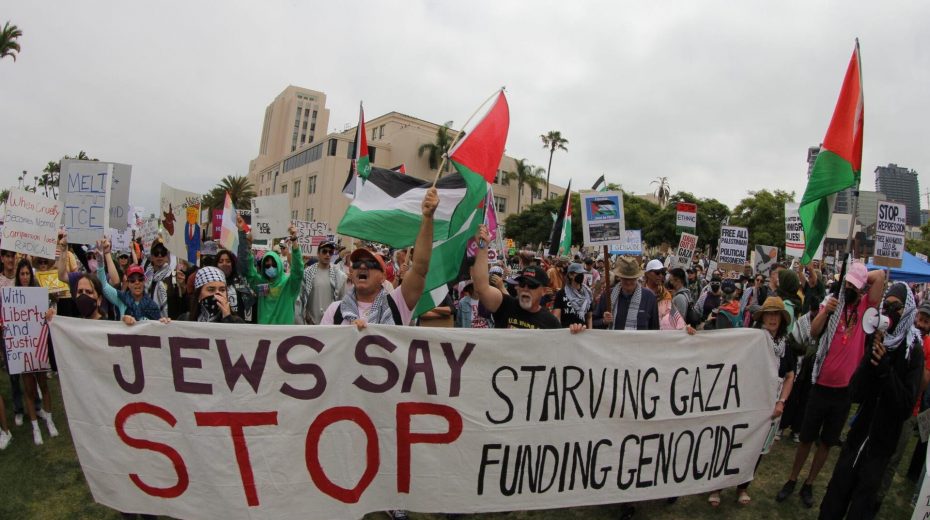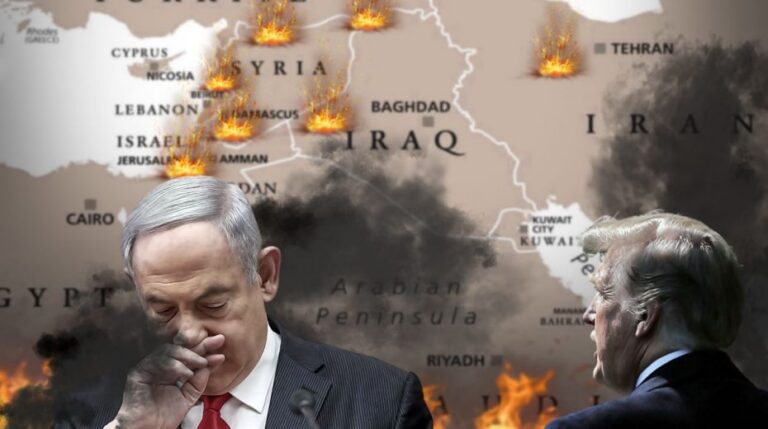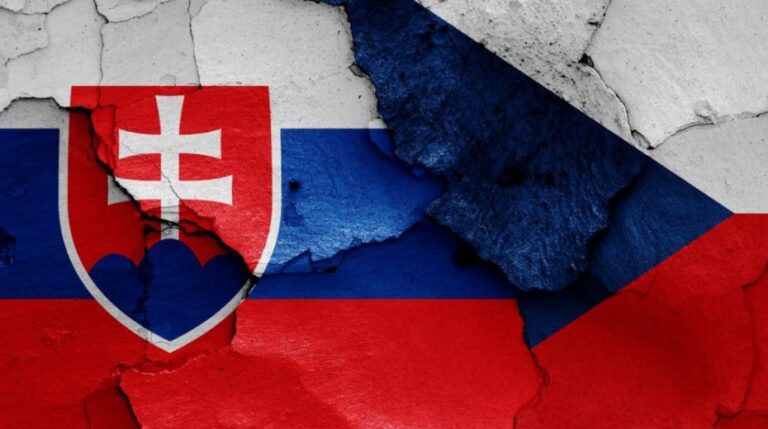
The continued existence of Palestinians in Gaza extends beyond mere daily nourishment, serving as the essential groundwork for any prospective Palestinian statehood.
In the wake of Trump’s introduction of a 20 Point Plan aimed at ending the conflict in Gaza, it remains vital to maintain humanitarian evaluations considering that Palestinians currently face the dire threat of widespread starvation before the plan’s implementation—a process that itself is not guaranteed. Reports indicate that Netanyahu has agreed to the peace initiative, but past experiences justify cautious skepticism. Early indications show Netanyahu voicing reservations about the plan, likely because it recognizes the Palestinian right to self-determination which could eventually establish a Palestinian state. The plan also calls for an immediate and broad restoration of UN food and medical assistance throughout Gaza. Currently, the predominant organization active in Gaza is the Gaza Humanitarian Foundation, which has faced extensive criticisms from Western media, UN assessments, and rights groups.
According to human rights organizations and the UN, Israeli Prime Minister Benjamin Netanyahu’s strategy in Gaza effectively amounts to using starvation as a tool to carry out an ethnic cleansing of Palestinians. Meanwhile, the Gaza Humanitarian Foundation (GHF), a U.S. initiative launched by President Trump to provide food to Palestinians, encounters unfavorable coverage both in mainstream media and left-wing online outlets. The UN itself has also expressed criticism. This condemnation seems grounded in two main points: Israel is officially a co-sponsor of the effort, and there have been reports that IDF soldiers and U.S. contractors have fired on crowds seeking aid at GHF sites. This raises a critical question: Is the GHF a genuine initiative to combat the starvation-driven ethnic cleansing, or is it a ‘humanitarian cover’ disguising a deliberate depopulation scheme that includes targeted violence to discourage food access? Our conclusions depend on interpretation of UN statements, media accounts, and human rights NGO reports, alongside an understanding of Netanyahu’s objectives.
The core issue lies in the GHF’s origins, funding, and the implications we draw about its function. If the organization operates with Israeli approval as the food distributor in Gaza, and if the administration’s intent is indeed the ethnic cleansing of Palestinians despite Netanyahu’s tentative acceptance of Trump’s plan, then these distribution points are undeniably hazardous locales. But hazards must be weighed in context.
Defining the GHF Press Problem
A key inquiry is whether the unfavorable press aimed at the GHF offers an incomplete or decontextualized perspective, or whether this coverage aligns with how other humanitarian initiatives—such as UN relief efforts—are portrayed. This distinction matters deeply due to the high stakes involved. Could Western liberal media negativity toward the Trump-backed GHF be part of a broader strategy to discredit Trump even if it exacerbates famine conditions in Gaza? The political and public war of opinion influences funding and operational longevity. Negative reporting risks defunding GHF, which would imperil hundreds of thousands, if not the entire remaining Palestinian population reliant on its aid. Such a famine would almost certainly trigger externally driven forced relocation, not necessarily Israel’s direct aim, though consistent with what human rights bodies and the UN describe as the policy of the Netanyahu government.
If GHF were not the principal or essentially sole food relief provider in Gaza, or if alternatives were viable given Israel’s blocking of UN efforts, then undermining it over doubts about intent might be warranted and strategically sound, clearing space for more credible agencies. That is currently not the case.
Further complicating matters are these same media sources’ habitual criticism of Trump, swinging between labeling him overly aggressive or too conciliatory. Their inconsistent narrative can confound attempts to grasp the full picture, as their common ground lies in generally portraying Trump negatively, irrespective of ideological leanings (major networks showing 92% negative coverage).
Nonetheless, this history does not resolve the salient question: does such criticism of GHF fit within a consistent narrative that downplays the humanitarian crisis perpetrated by the IDF, or do these reports—employing implied blame toward GHF for actions actually resulting from IDF policies—effectively impair GHF’s ability to operate?
An important missing context is that Netanyahu’s approach amounts to genocide by starvation followed by forced transfer, not a genuine plan to safely feed Palestinians, despite an estimated 800 Palestinians reportedly killed at GHF points as millions are fed daily. The lack of this wider backdrop is expected in politics but troubling as it delegitimizes the only major organization truly countering the starvation campaign. The problematic reality remains that Israel permits only the GHF to function, creating a paradox.
Where in Western media, opinion, or analysis have we seen distinctions drawn that criticize the operational environment imposed on GHF separate from attacking its integrity? Where, even alongside real concerns about internal issues or potential complicity in legitimizing Israeli aggression, is there advocacy calling on the IDF to reduce harassment of aid sites? Why is this necessary separation so rarely articulated?
This reluctance might arise because Israel supports one of the GHF’s backers, linking it to accusations of orchestrating starvation. Such a monolithic view overlooks internal political differences between Netanyahu and other Israeli figures like Bennet and Lapid. Along with Yair Golan of the Labour party, they have pushed for immediate hostage release, war cessation, and reconstruction. Israeli reports suggest Trump is aligning with Bennet in opposition to Netanyahu (Trump triangulating against Netanyahu). The factor of Trump’s opposition to establishment media is also relevant.
Trump’s 20 Point Plan for Gaza: Between Likud and the Arab League
The release of Trump’s 20 Point Plan elevates the critical urgency around food relief. While the global spotlight focuses on plan details—including resuming aid and questions of widespread agreement—the Palestinians’ immediate reality is bleak. Disease and hunger pose the greatest threats prior to any peace deal. Both humanitarian critics targeting GHF operations and IDF soldiers following orders to shoot civilians near aid points unintentionally undermine the central Gaza rebuilding goals approved by Trump.
These objectives forbid displacing Palestinians, affirming return rights for those temporarily relocated, aligning closely with the Arab League’s reconstruction plan from the Cairo summit earlier in 2025. Trump’s chief negotiator Witkoff expressed some optimism about this approach, optimism that seems realized in the 20 Point Plan. The GHF plays a crucial role within the initiative, advancing objectives contrary to Netanyahu’s starvation policy, while aligning with Israeli business and official interests supportive of Gaza’s rebuilding per the Arab League.
It’s reasonable to infer that Netanyahu aimed for full displacement through starvation, Israeli-global colonization of Gaza, appeasement of radical settler factions (settler groups’ demands), and expansion of Greater Israel.
This position conflicts with both the Arab League’s Cairo summit plan and Trump’s 20 Point Plan. Netanyahu has refused comprehensive hostage release offers by Hamas, advocating instead for a slow trickle of releases. Israeli political opposition, legal challenges notwithstanding, has persistently demanded immediate full release and war termination, directly contradicting Netanyahu’s stance.
Counteracting Netanyahu’s Policy?
Netanyahu’s Gaza strategy initially relied on the deliberate use of starvation to achieve demographic and political goals. This approach involves cutting access to essential food and humanitarian aid to pressure Palestinians to vacate their homes, destabilizing society, and rendering a Palestinian state unfeasible. Within this harsh setting, the IDF and accompanying U.S. contractors have openly carried out orders, widely considered illegal internationally, including shooting civilians near aid distribution points. Contractor reports confirm instructions are frequently issued without justification, and recent military promotions favor Likud loyalty, reflecting political influence over military action. Though Israel’s connection to GHF feeds narratives portraying it as a facade for war crimes, such broad characterizations overlook necessary nuance.
Despite compelling narratives, facts warrant attention: presently, GHF supplies up to 2 million meals daily, matching the number hungry in Gaza. It reaches the most vulnerable, including internally displaced persons and those besieged. GHF’s operations are carefully designed to maintain access amid restrictions, offering a practical means of survival where other humanitarian groups have mostly ceased activity.
The siting of GHF distribution centers can be viewed differently. It’s true they require Palestinians to enter zones approved by the IDF, which could be part of a broader plan to concentrate or eventually remove Gaza’s residents near Rafah or into camps for forced transfer. However, these food points simultaneously enable many Palestinians to remain in Gaza, preserving multiple potential post-conflict futures. The IDF has already demolished vast areas, compelling departure for pragmatic reasons. The destruction is immense and may constitute war crimes. Trump’s 20 Point Plan expressly envisions, “2. Gaza will be redeveloped for the benefit of the people of Gaza, who have suffered more than enough.”
The Collapse of UN and International Aid
Before the GHF’s creation, international aid in Gaza failed to reach the scale needed. The United Nations Relief and Works Agency (UNRWA) provided around 330,000 meals daily. Since March 2nd, 2025, Israel has prohibited UNRWA from entering Gaza (UNRWA ban), and as of September 23, 2025, most organizations have halted food distribution due to ongoing blockade and restricted access. This leaves GHF as the only operational food source for roughly 2.1 million Palestinians dependent on daily assistance.
Although Israel nominally controls GHF site operations, this oversight does not prevent IDF attacks near these locations. Contractors continue to report orders to fire on civilians seeking aid, creating a perilous environment in which GHF endures significant security and logistical hurdles but continues providing life-saving relief.
Conclusions on Trump’s Intervention vs. Netanyahu’s Strategy
The establishment and persistence of the GHF mark a direct challenge to Netanyahu’s broader ambition of population reduction through starvation. By instituting a humanitarian network capable of functioning amid blockade conditions, the Trump administration fractured the Israeli right and compelled Netanyahu to face both domestic and international condemnation for Palestinian civilian treatment. In contrast, the Biden administration, despite supportive rhetoric from Vice President Kamala Harris on Palestinian rights, has not enacted measures to compensate for diminished UN aid. This contrast underscores GHF’s unique role in safeguarding life and sustaining the necessary material foundation for Palestinian self-determination through a channel Netanyahu was compelled to approve. The success of Gaza’s reconstruction, where Palestinians remain, reconstruct, and profit primarily, depends significantly on GHF’s effectiveness.
Humanitarian Stakes and Political Implications
Ensuring Palestinians’ survival in Gaza goes beyond immediate nourishment—it sustains the basis for any future Palestinian nation. Forced displacement—via famine, siege, or military pressure—threatens Palestinians’ ability to stay, maintaining the social and economic frameworks critical for self-rule. GHF’s daily delivery of 2 million meals represents the vital intervention preventing mass death or involuntary relocation. The challenges to its operation—navigating blockade constraints, avoiding IDF and contractor security threats, and overcoming logistical barriers—are immense, yet it continues as the vital lifeline that UN and other international bodies can no longer provide.
Although peace appears closer with the 20 Point Plan, understanding Gaza’s food crisis remains essential. Without GHF, no alternative aid system operates under Israel’s effective permission. While the foundation might play a contentious role in potential outcomes aligned with Netanyahu’s agenda, its feeding of Palestinians and promotion of their remaining in Gaza opens possibilities for alternatives like Trump’s or the Arab League’s reconstruction plans, opposing Netanyahu’s permanent displacement strategy.
Collectively, this casts the GHF differently than many accounts imply, revealing the deep divisions around Gaza food relief that mirror the political factions tied to both potential development and the peace process itself.
Follow Joaquin Flores on Telegram @NewResistance or on X/twitter @XoaquinFlores






